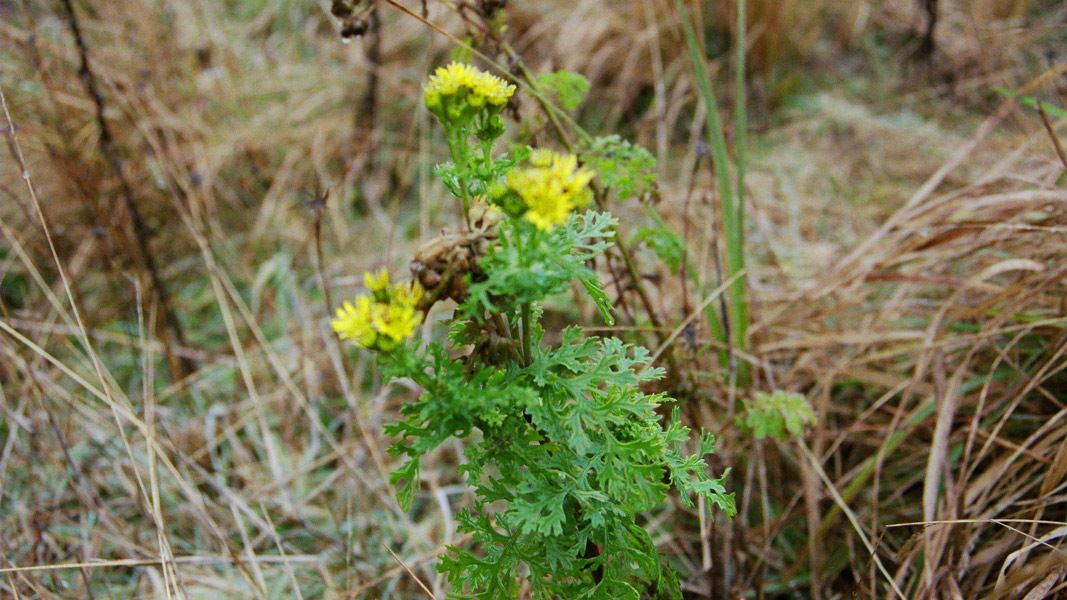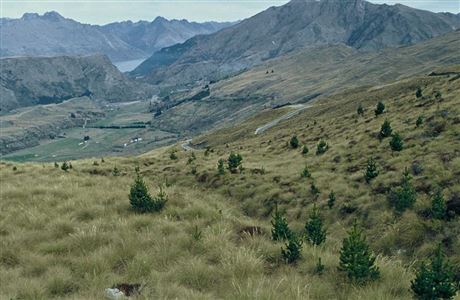
Introduction
Weeds are smothering our native plants and destroying our native landscapes.Invasive weeds are destroying our native plant communities and transforming the natural landscapes that make New Zealand unique. Weeds can provide hiding places for pest animals, which is a risk to our native bird species. Weeds can also carry diseases, alter the soil pH and use more water than native plant species.
List of environmental weeds in New Zealand
Identifying weeds
- Weed information – Weedbusters website
- Exotic plants – NZ Plant Conservation Network website
- Record a finding – iNaturalistNZ website where you can get help on identifying weeds
Common types of weeds
Trees and shrubs (woody plants)
Weeds that are trees or shrubs grow over or replace other plants.
Weed trees include holly, tree privet, sycamore, wattles, willows, and wilding pines.
Examples of weed shrubs are barberry, boneseed, broom, buddleia, cotoneaster, gorse, heather and privet.
Herbs (non-woody plants)
Herbs or perennials are non-woody plants. They can grover over small plants, crowding and preventing the regeneration of native seedlings.
Examples include Chilean rhubarb, montbretia, Mexican daisy, pampas, purple loosestrife and wild ginger
Weeds can grow in aquatic habitats, eg oxygen weed that grows in lakes.
Vines
Vines climb and scramble, smothering trees and forest canopies.
Examples include banana passionfruit, bomarea, Chilean flame creeper, climbing spindleberry, ivy, Japanese honeysuckle, old man’s beard, mothplant and wonga wonga vine.
Marine
DOC works with other agencies on invasive marine plant species, eg undaria.
Find out more about marine weeds:
- Marine Biosecurity Porthole – NIWA website
- Marine pest identification guide – MPI website
